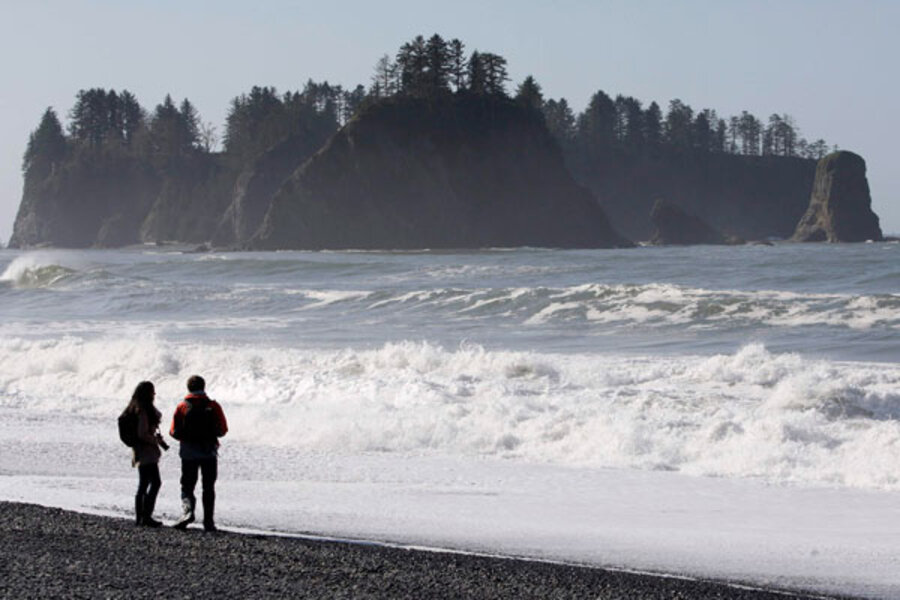The headline so far
If the regions could speak, the Northwest might be the one most likely to say, so far, so good.
Averaged over the three-state region, annual temperatures have risen by about 1.3 degrees F. since 1895. While precipitation appears to have increased generally, natural variability swamps any regional trend. Likewise with extreme precipitation, which shows no statistically significant trend. Waters off the region's Pacific coast, however, are among the most acidified in the world as the carbon dioxide the oceans absorb is altering ocean chemistry. The changes already are affecting the ability of shellfish in some locations to produce their shells.
Look-ahead
Depending on emissions trends, the region could see annual average temperatures rise between 3.3 and 9.7 degrees F. by the end of the century, compared with the 1970-99 average. Annual average precipitation is expected to increase by up to 18 percent by century's end, but summer rains are expected to fall by a regional average of 30 percent, increasing the risk of wildfires where the decline is greatest, as well as making it more difficult to grow crops. Even so, global warming's contribution to changes in overall rain and snowfall will be hard to spot for much of the century because these already vary a lot. Rising levels of ocean acidification would continue to threaten some commercially valuable shellfish and would change the nature of the marine food chain in estuaries and off the coast.
What's being done
Two of the three states have greenhouse-gas emissions targets and statewide adaptation plans in place. The Northwest states are Oregon, Washington, and Idaho.






